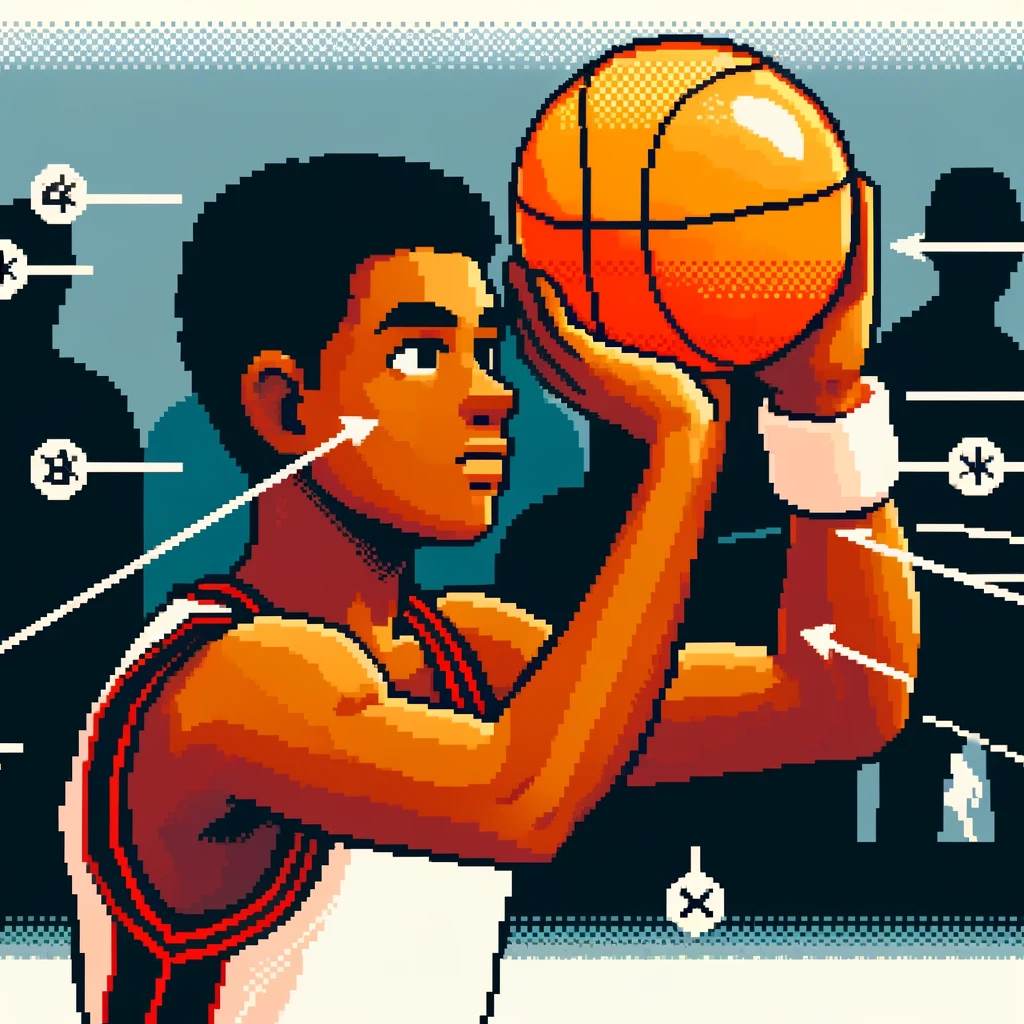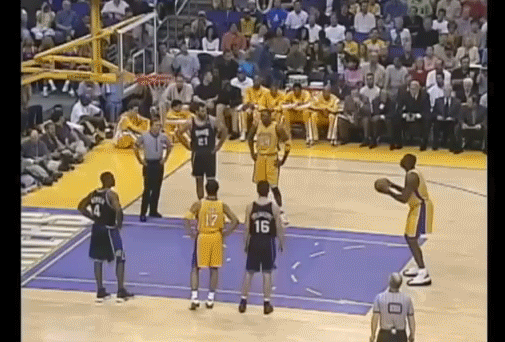
The Secrets of the Perfect Free Throw
Basketball fans know the nail-biting suspense of a free throw attempt. With just one player at the line, the fate of the game can hinge on a few crucial moments. The art and science behind this solitary shot are illuminated in a recent study by researchers at Beijing Normal University, focusing on how psychological and visual attention training can significantly improve free throw accuracy.
The Journey to the Perfect Free Throw
A free throw is much more than just a simple shot from the charity stripe. It’s a closed skill that requires pinpoint precision, unwavering concentration, and a strategic focus on key visual cues to guide the ball into the hoop. It’s an act that demands an intense level of concentration, tuning out external distractions and zeroing in on the target.
The researchers hypothesized that psychological training designed to enhance visual attention could optimize a player’s ability to focus on the basket and ultimately increase their free throw success rate. To test this, they conducted an eight-week study involving the men’s and women’s basketball teams at Beijing Normal University.

Breaking Down the Study
The players were split into an experimental group, which received specialized visual attention training, and a control group, which practiced traditional free throw techniques. Both groups used the same equipment and followed similar training schedules, but the experimental group adopted a psychological procedure designed to train the brain’s focus.
- Visual Fixation Points: By concentrating on specific visual fixation points, such as the basket’s front and top, players could refine their muscle memory and enhance their ability to readjust quickly.
- Fixation Duration: The duration of visual fixation is crucial. The study found that focusing longer on key target areas allowed players to process vital information better and improve their shooting technique.
- Pupil Dilation: A direct reflection of cognitive processing load, pupil dilation was significantly higher in the experimental group, demonstrating their ability to maintain intense focus.
Results Speak Volumes
The experimental group exhibited a noticeable improvement in their free throw accuracy compared to the control group. The players’ visual attention and processing strategies became sharper and more efficient, and their fixation targets became more precise.
- Number of Fixations: The number of times a player fixated on the target positively correlated with their accuracy.
- Fixation Duration: Longer fixation durations resulted in better muscle coordination and accuracy, particularly at the basket’s front and top.
Conclusion: Aiming for Excellence
This research underscores the significance of psychological and visual attention training in perfecting a free throw. A sharper visual focus on strategic points, combined with stable concentration, can transform a player’s approach, helping them master this challenging shot. Coaches and players should consider integrating psychological procedure training into their regular practice to reap its benefits.
Discussion Questions (let us know in the comments!)
- How might psychological training for other aspects of basketball, such as three-point shooting, improve a player’s performance?
- What additional cognitive strategies could be implemented to enhance a basketball player’s focus and concentration?
Embark on a Scientific Adventure:
Dive into the world of science with our weekly newsletter! It’s perfect for teachers and science lovers who want to stay up-to-date with the newest and coolest discoveries. Each issue is filled with the latest research, major breakthroughs, and fascinating stories from all areas of science. Sign up for free and take your teaching and learning to the next level. Start your journey to becoming more informed and in tune with the constantly changing world of science. Subscribe today!
About the Author
Jon Scaccia, with a Ph.D. in clinical-community psychology and a research fellowship at the US Department of Health and Human Services with expertise in public health systems and quality programs. He specializes in implementing innovative, data-informed strategies to enhance community health and development. Jon helped develop the R=MC² readiness model, which aids organizations in effectively navigating change.



